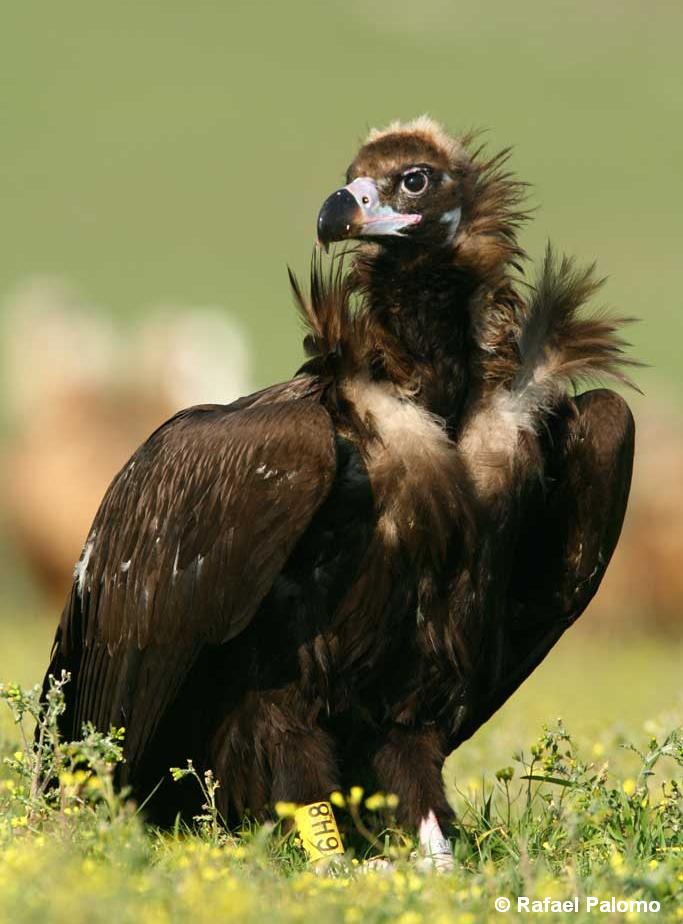The Habitat Lince Abutre LIFE project aims to mitigate the factors that are limiting the establishment and breeding of black vulture in southeast Portugal, such as the absence of adequate places for building nests and disturbance during critical periods of this species breeding cycle.
Therefore, artificial nests are being built along a net of selected places, according to the species requirements, at properties and hunting areas with which management agreements were established.
The project has already installed 22 artificial nests for black vulture at Moura/Mourão/Barrancos SPA, which were carefully monitored during the breeding season. It is expected that next year some of these structures will start being used by black vulture. Until then, more nests will be installed, this time at Guadiana Valley SPA.
The installation of these structures requires the participation of a large team, composed not only by the project technicians, but also several volunteers and forest firefighters, to whom we thank for their effort and dedication demonstrated throughout last year!
Watch here the installation of a nest filmed in the field by a reporter team of Jornal Público, a daily national newspaper
The selection of trees…
Black vultures nidify preferentially at holm oak Quercus rotundifolia and cork oak Q. suber woodlands, although they may also build their nests in pine trees. Because black vulture is Europe’s biggest bird of prey, with up to 3 meters wingspan, the trees selected by the project’s team for the installation of the artificial nests need to support about 200kg…
The difficult task of the nest’s installation…
With the trees previously selected, Alfonso Godino, responsible for the project’s conservation actions targeted at black vulture, starts the installation of the nests. The hard work starts with the transportation of the nests’ iron sections to the selected trees, normally at very sloped areas with difficult access. Only Alfonso, with climbing training and experience in installation of these structures, can climb to the top of the tree, where most of the action will take place. Down there, several colleagues help to hoist the three adjustable iron columns that sustain the nest’s platform. Once correctly hooked, the column base is pinned to the ground with metallic hooks and chained to the tree’s trunk. The nest height is adjusted to the tree’s canopy and the platform is carefully filled by Alfonso with small trunks (on the bottom) and branches collected on the surroundings and hoisted to the top of the structure.
Did you know that…
• The female of black vulture usually lays a single egg between February and April.
• Since 1970, black vultures do not successfully breed in the area of intervention of Habitat Lince Abutre LIFE project (Southeast of Portugal).
• Black vultures are useful to humans, by efficiently removing from the field carcasses of wild and domestic animals.
• The limiting factors for the settlement and breeding of black vultures in Portugal include the lack of suitable places to nest, disturbance during critical periods of its breeding cycle and the scarcity of food resources. All these factors will be mitigated by implementing specific measures envisaged in this Project and with the cooperation of landowners, managers and hunters in the field.
